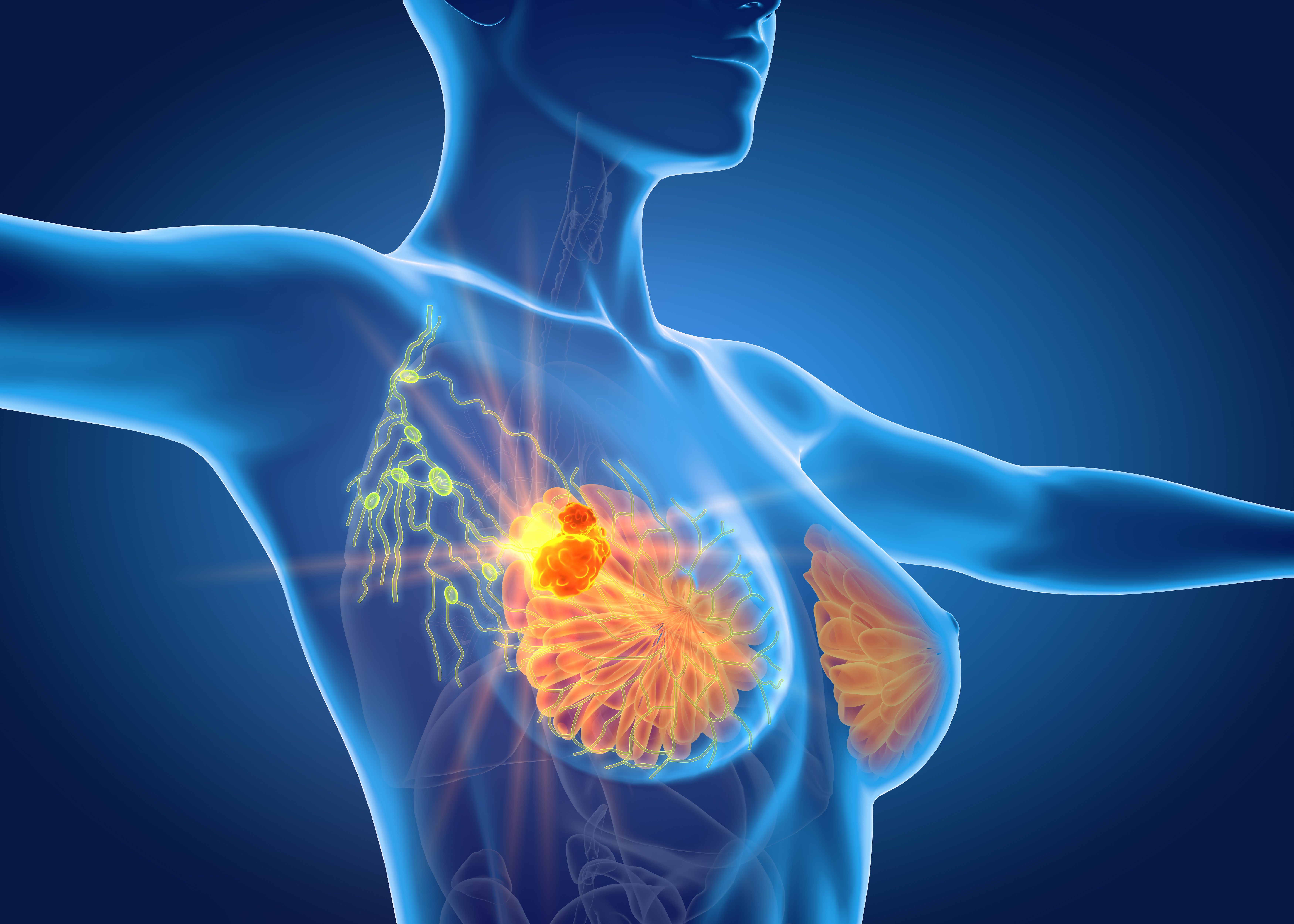
Stratification of breast cancer risk by an 86-single nucleotide variation (SNV; formerly single-nucleotide polymorphisms) polygenic risk score (PRS) in pathogenic variant carriers of moderate-risk breast cancer genes was associated with risk changes for women at the lower and higher ends of the risk spectrum, according to study results published in JAMA Network Open.
This finding suggests that the 86-SNV score could be incorporated into breast cancer risk prediction models specifically for patients carrying a pathogenic variant in BRCA1, BRCA2, and particularly CHEK2.
“Guidelines in the US recommend annual breast magnetic resonance imaging for women with greater than 20% lifetime risk based on models with family history, although different thresholds are applied in other countries,” the authors wrote. “Incorporating PRS risk may identify additional women with [pathogenic variants] in moderate-penetrance genes who exceed this risk threshold owing to a combination of genetic and clinical factors.”
This retrospective case-control study used data collected from 150,962 women tested with a multigene hereditary cancer panel between July 19, 2016 and January 11, 2019. The cohort consisted of women of European ancestry between the ages of 18 and 84 years. Notably, there were 141,160 noncarriers in addition to 2249 carriers of BRCA1, 2638 carriers of BRCA2, 2564 carriers of CHEK2, 1445 carriers of ATM, and 906 carriers of PALB2 included in the analysis.
Overall, the 86-SNV score was associated with breast cancer risk in each of the carrier populations (P < 1 x 10−4). However, stratification was found to be more pronounced for noncarriers (OR, 1.47; 95% CI, 1.45-1.49) and CHEK2 pathogenic variant carriers (OR, 1.49; 95% CI, 1.36-1.64) than for carriers of BRCA1 (OR, 1.20; 95% CI, 1.10-1.32) or BRCA2 (OR, 1.23; 95% CI, 1.12-1.34) pathogenic variants.
Odds ratios for ATM (OR, 1.37; 95% CI, 1.21-1.55) and PALB2 (OR, 1.34; 95% CI, 1.16-1.55) pathogenic variant carrier populations were intermediate between those for BRCA1, BRCA2, and CHEK2 noncarriers.
“The risk stratification of CHEK2, ATM, and PALB2 [pathogenic variant] carriers by the 86-SNV score highlights the need for integrative testing,” the authors explained. “In a more patient-specific approach, multiple genetic contributions would be combined with conventional risk factors to provide the best risk estimate for every woman that could guide appropriate clinical care.”
Importantly, despite the cohort size, there were insufficient numbers of pathogenic variant carriers to allow for assessment of the association between the 86-SNV score and other breast cancer genes, such as BARD1 and NBN. Given this, the researchers suggested that larger data sets would allow for analysis of PRS modification for less commonly mutated breast cancer genes and would also refine risk modification associated with pathogenic variants in ATM and PALB2.
“Future work might extend risk modification to the estimation of a second breast cancer for women with a personal and/or family history of breast cancer,” the authors concluded. “Refinement of risk models may enable better definition of personalized risks for women and could enhance the quality of clinical care offered.”
Reference:
Gallagher S, Hughes E, Wagner S, et al. Association of a Polygenic Risk Score With Breast Cancer Among Women Carriers of High- and Moderate-Risk Breast Cancer Genes. JAMA Network Open. doi: 10.1001/jamanetworkopen.2020.8501.
"breast" - Google News
August 02, 2020 at 01:05AM
https://ift.tt/2EyB1lg
Study Suggests 86-SNV Be Incorporated in Breast Cancer Risk Predication Models - Cancer Network
"breast" - Google News
https://ift.tt/2ImtPYC
https://ift.tt/2Wle22m
Bagikan Berita Ini














0 Response to "Study Suggests 86-SNV Be Incorporated in Breast Cancer Risk Predication Models - Cancer Network"
Post a Comment